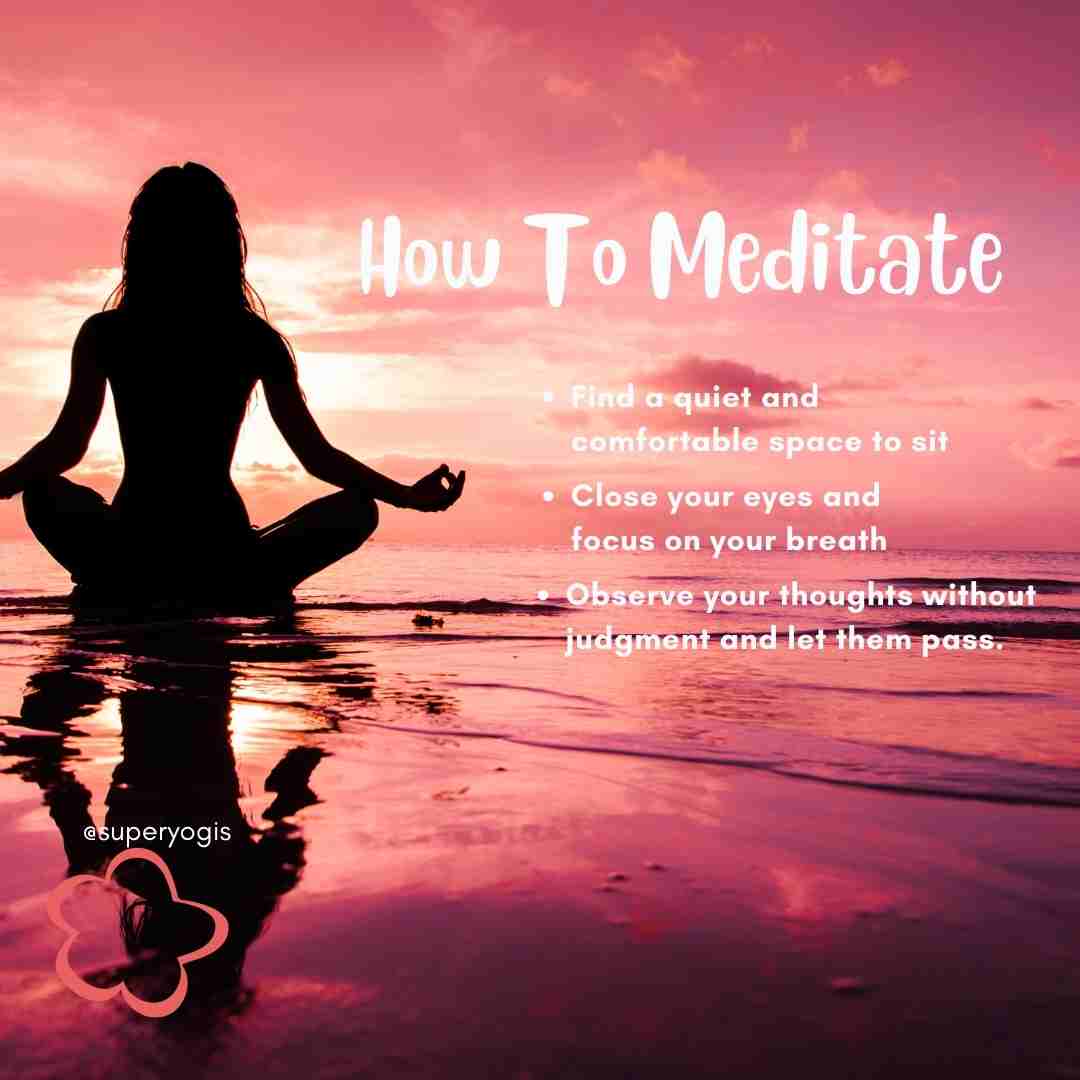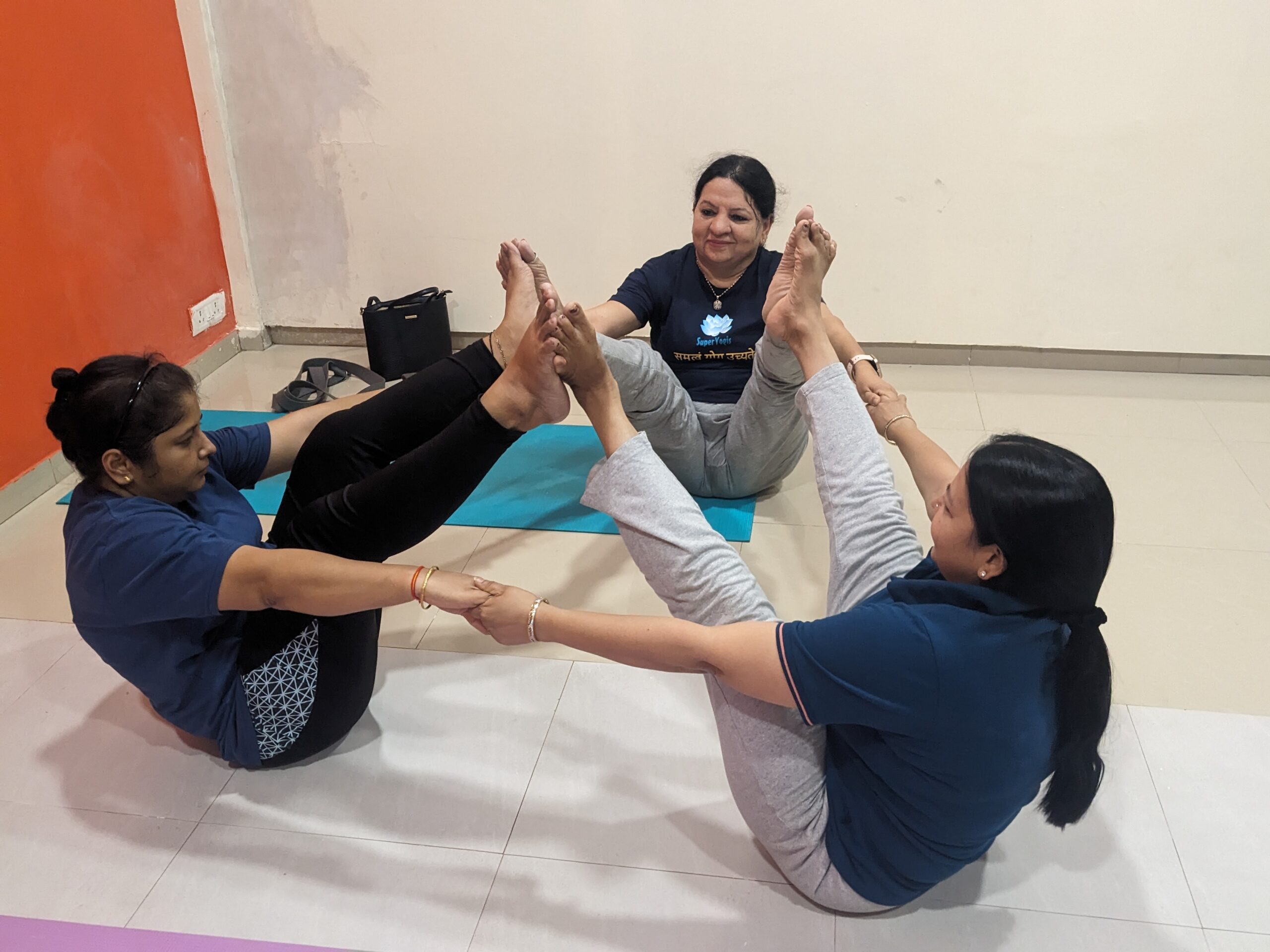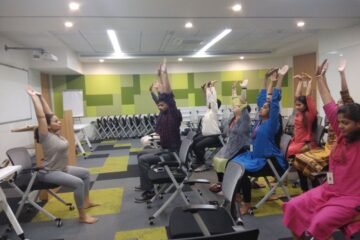Imagine yourself sitting in a peaceful corner of your home or in the garden or by river side with your legs crossed and eyes closed. You are focusing on the rhythm of your breath, your mind is slowly transcending the worldly concerns and immersing itself in the serenity of the moment. This is the magic of meditation, a practice that has transformed lives across the globe.

What is Meditation?
The word meditation is derived from the Latin word ‘mediatari’–means to heal. The meditation is a loose translation of Dhyan. It is the seventh limb of Ashtanga Yog Marg. A wholesome yoga practice is incomplete without meditation–it means meditation and yoga are not different entities. There are multiple ways meditation can be practiced. However, a yogic meditation technique, focusing on the breath is well known and practiced worldwide. Our breath is the only bridge that connects your body to the mind. Contemplating the breath helps you to minimize frequency of thoughts which is prerequisite for meditation.
My First Encounter with Meditation
First time I tried mediation, around decade back, when I was pursuing my teachers’ Training in Yoga. The teacher took us from our present location to some faraway place through imagination and visualization. We all enjoyed this journey. I was so happy, excited and proud of myself that I practiced meditation though at the end of the session my legs refused to move out of numbness. I felt like having it more and more, and I shared this feeling with each and every friend of mine. After that session, for me, meditation just remained present in conversations, discussions and books. But I started practicing meditation regularly very recently and got the true taste of meditative experience. The experience was momentary but it was beyond breath, time and space.
The Power of Breath
Meditation is like taming the wild elephant or bull–controlling the mind fluctuations. The way a rope is used to tame the elephant, our breath can be used to tame our mind. Our mind possesses qualities of a wild elephant, if left unattended; like a wild elephant, it starts running in any pointless direction. Breath can be used to give a direction to the mind which goes wild with thoughts. But meditation is beyond taming your mind. Once your mind (just like a tamed elephant) is controlled with the breath, you can ask it to do whatever you want.
Trance and Meditation
A simple definition of trance can be described as the blank gap/distance between thoughts. The general tendency of our mind is that it thinks rapidly without taking a break. The trance is the phase when you are not thinking. You may not be able to go in trance for 15 to 20 minutes straight but you can enjoy moments of trance. This is nothing but mediation.
A meditative state is beyond all states we know waking, sleeping and dreaming. It is called turiya in Sanskrit—the fourth stage—pure consciousness. We have been told our whole life that ours is a monkey mind which wanders continuously and we need to keep it engaged with something all the time, except deep dreamless sleep. But according to ancient rishis, the fourth stage is our original stage and it exists within us. Deepak Chopra in his book “Quantum Healing-Exploring the frontiers of mind/body medicine” explains the meaning of the word ‘Rishi’. A Rishi is a person who can enter the fourth state (turiya) at will and observe what is there (in the state) with non-judgment, allowing himself immersing into a shunya (zero) state of nothingness.
Meditation helps us to get into touch with our true state—pure consciousness. American physiologist Robert Keith Wallace proved that the fourth stage exists and it is not a part of our imagination. He recorded alpha waves in EEGs of meditating people supported by slower heartbeats and breathing. Four stages can be explained in a more scientific way like this. Human beings brain shows five types of waves (electrical patterns); gamma, beta, alpha, theta and delta.
Beta waves (38 to 12 Hz): waking, irritation, anxiety, stress & fear
Alpha (7-12Hz): visualization, relaxed state, meditation state
Theta (4-7 Hz): deep meditation, dream sleep, creative experiences like painting
Delta (4 to 0.5Hz): unconsciousness, dreamless deep sleep, intuition
How can the practice of asanas and pranayamas help you to meditate?
When you sit in meditation, all your senses become hyperactive. You get the sensations of itching, tingling and the urge of constant body movements, and your legs fall prey to numbness. A regular practice of asanas and pranayamas provide you the base for meditation. Meditative postures like Sukhasana, Vajrasana, Sidhhasana, Ardhapadmasana and Padmasana offer you steady and erect posture during meditation. And breath training through pranayamas makes you aware of breath.
What are the different types of mediation?
The most popular Transcendental meditation was introduced by Maharshi Mahesh Yogi to America in the 1960s. (Read: http://www.tm.org/enlightenment). Zen is the Japanese word for meditation and an important aspect of Zen Buddhism. http://www.zen-buddhism.net. Kundalini Meditation helps you to awaken your kundalini, known as one of the paths of enlightenment. http://isha.sadhguru.org/blog/yoga-meditation/demystifying-yoga/kundalini-awakening/
What exactly happens to your brain during meditation?
These meditative experiences are characterized by the practitioners’ partial or complete absence of time, space and body sense. Frontal lobe is the most highly evolved part of the brain, responsible for reasoning, planning, emotions and self-awareness. During meditation, the frontal cortex tends to go offline. Parietal lobe is the part of the brain that takes care of senses. Your senses provide us with the experience of the world—you can see meaning in these alphabets because of our eyes and listen to wonderful music through our ears with the help of the brain. During meditation, activity in the parietal lobe slows down. The research has confirmed increased gray matter in the brain, which is associated with learning and memory.
Understand more about changes in the brain after meditation here. watch https://www.youtube.com/watch?v=SZZZ55gXUAM.
Read: http://news.harvard.edu/gazette/tag/mindfulness-meditation/
What’s a teacher’s role in learning meditation?
You cannot learn meditation. It just happens to you. But your teacher can lead you towards the path of meditation. Working on mantras can help you to focus better. Your yoga teacher can make you ready for meditation through asana and pranayama practice. You can sit in meditative postures for a long time because of your asana practice. You can feel your breath through regular practice of pranayama. Chanting mantras will help you to relax your mind too.
You can share your difficulties with meditation with your teacher; he/she may guide you to overcome it. And he will also make sure that you are on the right path.
Benefits of Meditation
Benefits of Meditation are listed for your reference as modern materialistic mind doesn’t want to try something without calculating benefits:
- You will develop body and mind awareness. You will be able to understand what’s wrong with your body and mind, and you will also realize how to fix it.
- You will start looking younger and feeling more energetic. The process of aging will be slower for you than non-meditators.
- It will help you to relieve stress and you will respond in a better way to ongoing stress moments in the life.
- The practice lowers blood pressure and facilitates relaxation. Highly recommended for individuals with hypertension and sleep disorder.
- Immunity improves. You will say good-bye to many small illnesses like common allergies, frequent cold and cough. At least, they will occur less frequently than before.
- You will experience your true self characterized by intuition, inner peace, inner joy, compassion, love and wisdom.
- You can see significant improvement in relationships whether personal or professional. You will see more love, understanding and meaning in your relationships.
- It helps you control your appetites and also you can manage extreme emotional reactions.
- You learn how to become free from fear, doubts and anxiety.
Start Your Journey with Meditation
You don’t need to sit in mediation for an hour every day. Even 20-30 minutes of meditation per day is enough to give you a taste of your original being. If it is not possible to practice regularly, try to practice at least thrice in a week. Once you get the hook, you will be able to practice anywhere; in your hotel room, while commuting and even sitting in the café too.
Conclusion
Meditation is not merely a practice, but a journey towards finding your true self. It is a tool that has the potential to transform your life completely. Whether you are a student, a businessman, a homemaker, or an elderly person, the magic of meditation is waiting to unfold itself to you.


